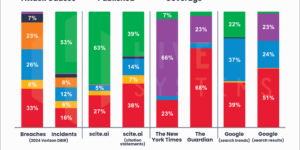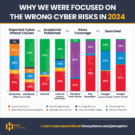Fraudsters are slick and smooth when they request new bank accounts or credit cards—a characteristic an Israeli company wants to use against them.
Banks and other financial firms are coming under sustained attacks from increasingly sophisticated cybercriminals, forcing them to spend more money and resources trying to fight hackers.
The opening of fake accounts using stolen identities or details obtained from social media is one obvious trouble spot, with fraud typically only spotted weeks later.
Looking to tackle the problem, Tel Aviv-based Biocatch on Thursday launched a product that aims to use the efficiency of the hackers to catch them when they try to open accounts in retail banking, credit cards, on eCommerce or other sites.
Its concept is simple: Fraudsters behave differently than normal customers when opening a new account.
“[Fraudsters] experience surprising familiarity with the account opening process. Their fluency patterns are distinctive. They have all the required information at hand and never spend time researching it. They do not bother with completing optional elements,” Biocatch said.
“The way they interact with specific fields can be very uncharacteristic when compared to the behavior and cognitive choices done by real users,” the company said.
The new product aims to use behavioral biometrics to identify the wrongdoers.
Biocatch, formed in 2011 by experts in neural science research, machine learning and cybersecurity, is one of dozens of firms developing software to fight hackers.
Banks are among the most prominent and high-profile victims of cyberattacks.
Criminals obtained details of 83 million clients from JPMorgan Chase last year, and Russian security firm Kaspersky last month said more than 100 banks had been raided by cybercriminals and $1 billion could have been stolen.
Banks are seen as vulnerable to cyberattacks, despite spending hundreds of millions of dollars a year on defenses, due to the potential financial gains and because their size, complexity and old IT systems can leave gaps.


















 Moderating Premium Rates, Falling Yields: European Insurers Resilient
Moderating Premium Rates, Falling Yields: European Insurers Resilient  Wildfire Smoke’s Health Risks Linger Long After Homes Escape Burning
Wildfire Smoke’s Health Risks Linger Long After Homes Escape Burning  Slideshow: Carrier Management’s 2024 Top Editor’s Picks (Unlocked)
Slideshow: Carrier Management’s 2024 Top Editor’s Picks (Unlocked)  Study: Widening Gap Between Cyber Attack Causes, Public Perception
Study: Widening Gap Between Cyber Attack Causes, Public Perception 









